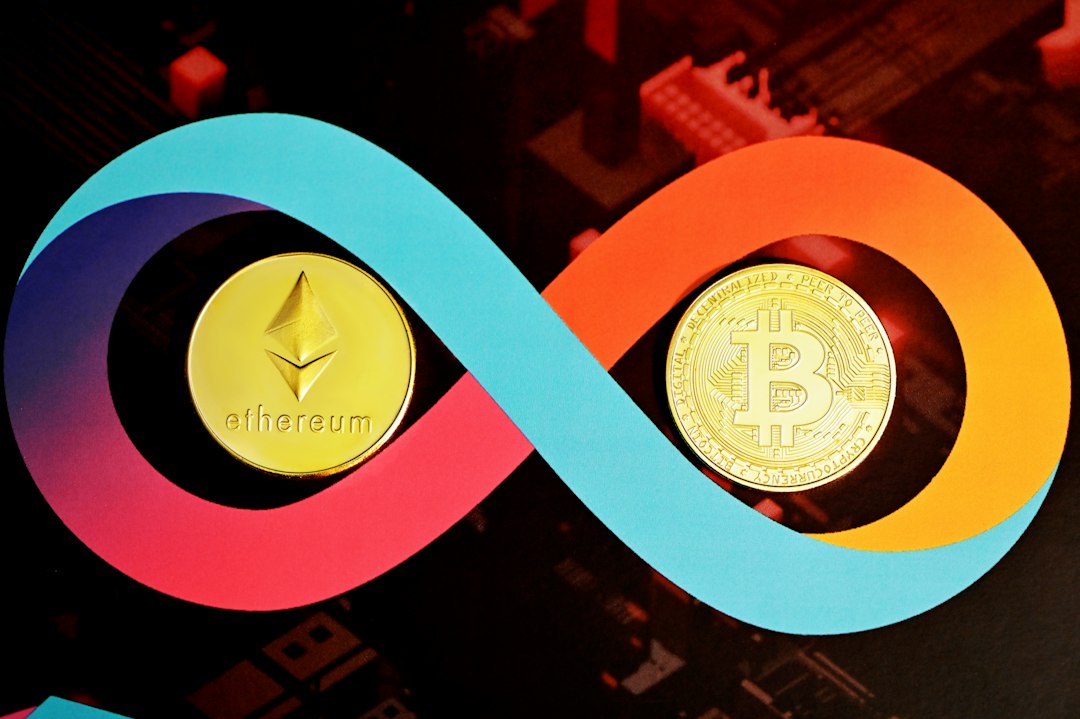A Balanced Approach: On-Chain and Off-Chain Capabilities
On-chain transactions can be volatile, especially when influenced by investor selling. Analysts suggest that a reevaluation in price or a significant increase in on-chain activity is needed to address this issue. However, relying solely on on-chain activity has its drawbacks.
Embracing off-chain solutions allows businesses to leverage existing technology stacks and promote user adoption. It also reduces the entry barrier for users concerned about transaction fees while still trusting the network’s capabilities.
Off-chain capabilities offer more flexibility in technology development for businesses and establish communication standards for vendors and partners.
The Challenges of Conducting Transactions On-Chain
While Web 3.0 aims to remove intermediaries, the speed, cost, and flexibility of conducting on-chain transactions have been problematic for users. High transaction volumes lead to increased network fees and gas fees, making transactions expensive.
Linking fiat currency to cryptocurrencies simplifies trading decisions and makes entry points less obscure. Conducting business off-chain expands the use cases of off-chain data and encourages innovation across various industries.
Off-chain transactions are nearly instantaneous, eliminating the anxiety of delayed transfers and high costs associated with on-chain transactions. However, as long as accessing Web 3.0 remains expensive, accessibility will remain an issue.
The Potential of Smart Contracts
Smart contracts are expected to evolve beyond finance applications and cater to daily use cases. Tokenization allows both physical and intangible assets to be traded on-chain and off-chain.
For example, patients can access their medical records while traveling by storing encrypted data off-chain and using a blockchain layer for ownership and data-sharing permissions.
Businesses that embrace a hybrid model can adapt to users’ evolving needs. NFT ticketing, for instance, can cater to multiple regions and currencies while eliminating high gas fees.
Brands like Nike and Louis Vuitton are linking physical products to NFTs to provide additional benefits to customers.
Striking a Balance Between On-Chain and Off-Chain Systems
Projects should encourage the transformation of physical assets into digital assets off-chain through tokenization. Legal and regulatory support is crucial to make actions legally binding and sync intellectual property rights with ownership rights.
Web 3.0 should focus on creating real opportunities for growth, such as distributing power, community participation, and providing greater utilities, rewards, and benefits. Remaining agile is essential for projects to keep up with the changing relationship between Web 3.0 and on- and off-chain systems.
Hot Take: Achieving Balance in Web 3.0
Achieving a balance between on-chain and off-chain capabilities is crucial for the success of Web 3.0. While on-chain transactions have their benefits, relying solely on them can be limiting and costly for users.
Off-chain solutions offer flexibility, lower transaction fees, and instant processing times. They also open up new possibilities for innovation in various industries.
Smart contracts have the potential to revolutionize different sectors, but widespread adoption depends on seamless accessibility for Web 2.0 users.
To create real growth opportunities, projects should strike a balance between on-chain and off-chain systems and prioritize user needs.
HodlX Guest Post
Pannathorn ‘Pan’ Lorattawut, CFA, is the CEO of VUCA Digital, the company behind the CROWN Token Project and ADOT platform, which brings digital assets like NFTs and tokens to the entertainment industry. Pan joined T&B Media Global in 2019 as chief business development officer and now oversees VUCA Digital’s digitalized assets and consulting business and T&B’s investments, fintech, digital assets, strategy and business development.
Featured Image: Shutterstock/eliahinsomnia/Webuz
The post Not Everything Is Better On-Chain appeared first on The Daily Hodl.





 By
By
 By
By
 By
By
 By
By
 By
By
 By
By